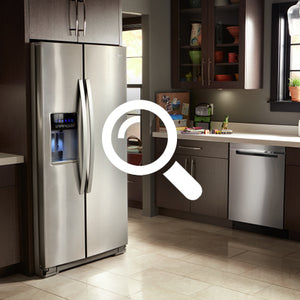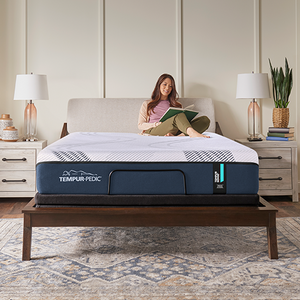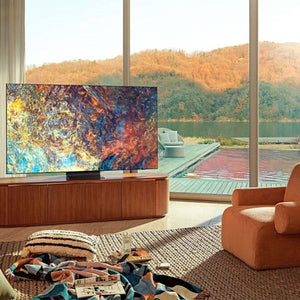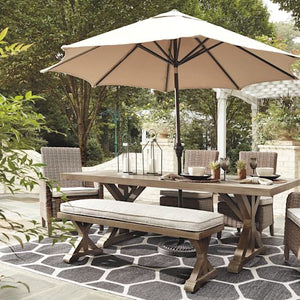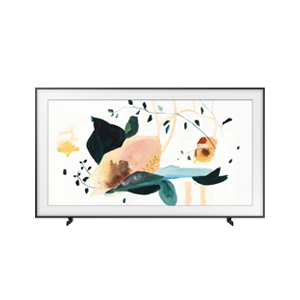Setting up a comfortable, functional home office is so much more than just clearing a place for your laptop and pulling up a chair. No pressure, but if you get it right, you’ll be able to work more productively, feel better at the end of the day, and maybe, just maybe look forward to going to work each day.
Whether you are working from home exclusively, have a hybrid work arrangement, or just need a place to work on your side hustle or studies, creating a space that works for you means taking some important things, like infrastructure and safety, into consideration. Here are some things to think about when setting up or reconfiguring your home office space:
